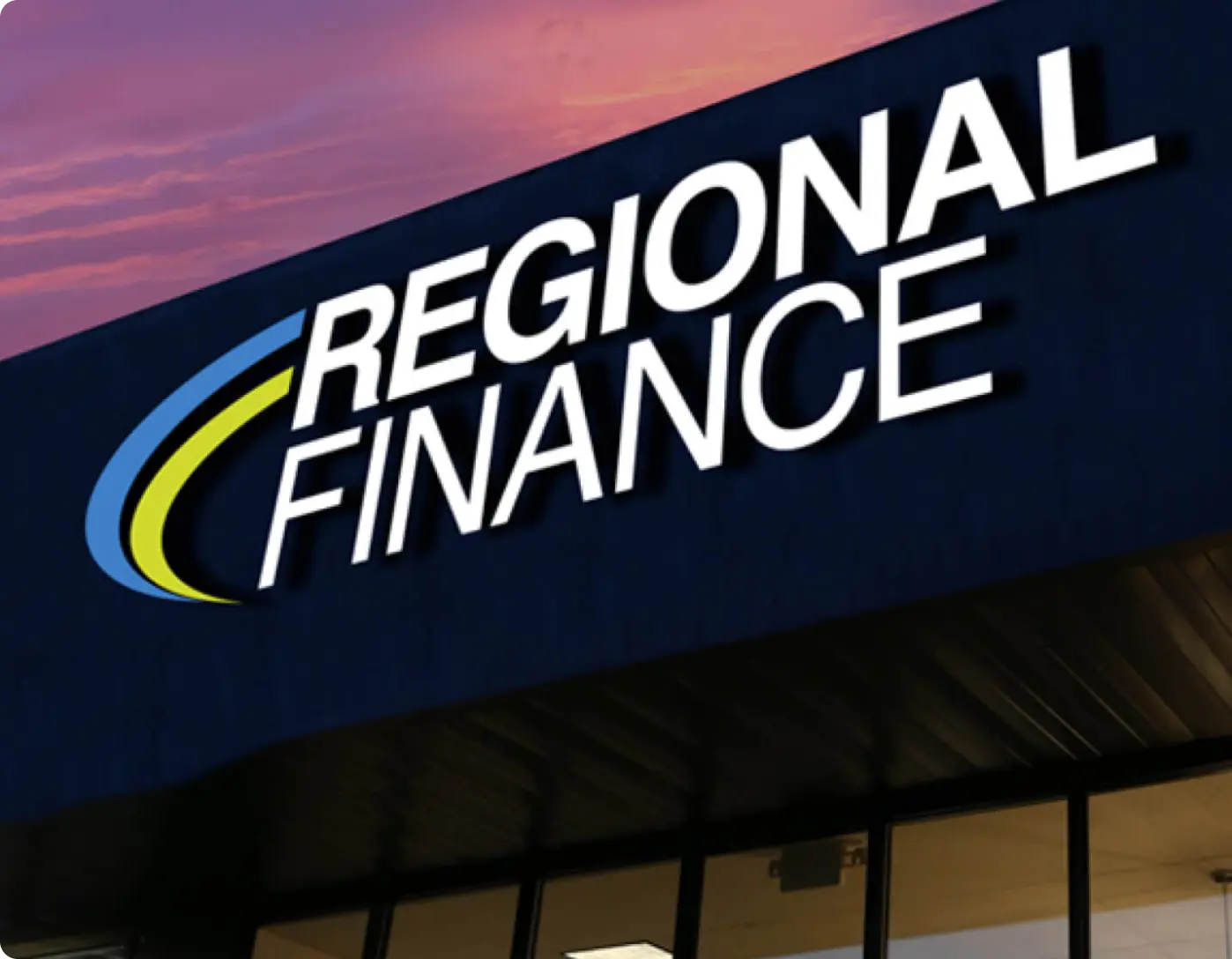Regional Finance Understanding Its Impact and Importance 2025
Introduction
What is Regional Finance?
Regional finance refers to financial services provided by institutions that operate within a specific geographical area. Unlike national or international banks, these financial institutions focus on supporting local businesses, individuals, and communities. The services they offer include personal loans, business funding, microfinance, and community development programs.
Importance of Regional Finance in Economic Development
Regional finance plays a key role in strengthening local economies by ensuring access to financial services. When individuals and businesses have access to loans and credit, they can invest in growth, which leads to job creation and a stronger economy.
The Role of Regional Finance
Supporting Local Businesses
Small businesses are the backbone of regional economies. Regional financial institutions provide them with the funding they need to start, expand, and sustain their operations. This support helps businesses remain competitive, innovate, and contribute to the local economy.
Enhancing Economic Growth
By providing businesses and individuals with access to financial resources, regional finance stimulates local economies. This leads to the development of infrastructure, increased productivity, and a better standard of living for residents.
Creating Employment Opportunities
When businesses receive adequate funding, they can expand their workforce, leading to more job opportunities within the community. This reduces unemployment rates and improves overall economic stability.

Key Components of Regional Finance
Regional Banks and Financial Institutions
These banks provide customized financial solutions tailored to the needs of the local population. They understand the regional market dynamics and create financial products that cater specifically to their customers.
Government Funding and Grants
Governments often support regional finance through grants, subsidies, and funding programs designed to encourage entrepreneurship and economic development.

Microfinance and Small Business Loans
Microfinance institutions focus on providing financial assistance to individuals and small businesses that may not qualify for traditional bank loans. These loans help small enterprises grow and contribute to the local economy.
Types of Regional Financing Options
Personal Loans
These loans help individuals meet their personal financial needs, such as medical expenses, education, and home improvement projects.
Business Loans
Entrepreneurs can access capital to start, expand, or sustain their businesses. These loans may come with flexible repayment terms and lower interest rates compared to national financial institutions.

Home and Auto Loans
Regional finance institutions offer home and auto loans with competitive interest rates, making it easier for individuals to purchase homes and vehicles.
Emergency and Short-Term Loans
These loans help individuals cover unexpected expenses such as medical emergencies or urgent repairs.
How Regional Finance Differs from National Finance
Localized Decision-Making
Regional financial institutions make lending decisions based on the economic conditions of their specific area, ensuring better service to local customers.
Community-Centric Approach
Unlike national banks, regional finance focuses on building relationships with customers and investing in community development.
Flexible Lending Policies
Regional finance providers often have more lenient requirements, making it easier for individuals and businesses to secure loans.
Conclusion
Regional finance is an essential pillar of economic stability and development. By providing financial assistance to individuals and businesses, it ensures local economic growth, employment opportunities, and a better quality of life. With advancements in technology and financial inclusion, the future of regional finance looks promising.
FAQs
1. What is regional finance?
Regional finance refers to financial services provided by local banks, credit unions, and financial institutions catering to specific regions or communities.
2. How does regional finance help small businesses?
It provides easier access to loans, financial guidance, and investment opportunities, helping businesses grow and create jobs.
3. What are the benefits of regional finance?
Some benefits include personalized customer service, flexible loan terms, and support for local economic development.
4. How can I apply for a regional finance loan?
You can apply by researching regional financial institutions, comparing interest rates, and submitting an application with necessary documents.
5. What is the future of regional finance?
With advancements in digital banking and financial technology, regional finance will continue to expand,
Share this content:




1 comment